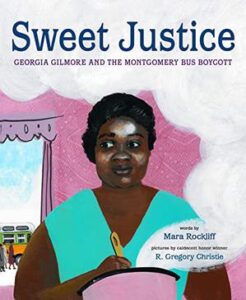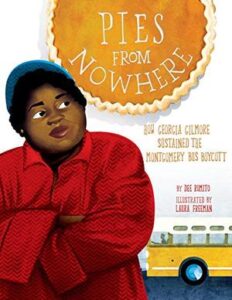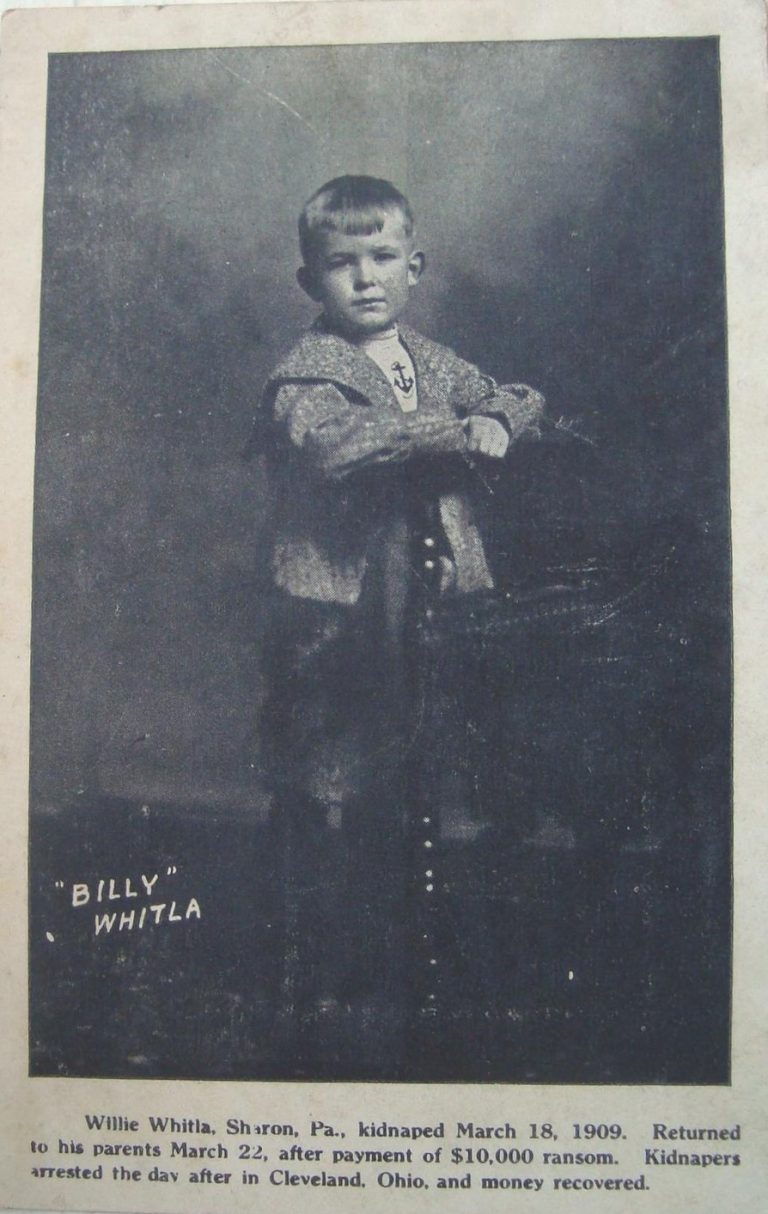Introduction
Below you will find links to official documents, news articles, videos, public statements, and other resources designed to help you understand the complex issues surrounding the process of revising the History and Social Science Standards of Learning in Virginia. They are arranged in chronological order to outline the sequence of events. For ease of use, links to the various drafts are linked here and in the body of this post.
What the Law Requires
Below is an excerpt from the Code of Virginia. (Read this section of the Code in its entirety.)
§ 22.1-253.13:1. (For Effective Date, see 2022 Acts cc. 549, 550, cl. 2) Standard 1. Instructional programs supporting the Standards of Learning and other educational objectives.
B. The Board of Education shall establish educational objectives known as the Standards of Learning, which shall form the core of Virginia’s educational program, and other educational objectives, which together are designed to ensure the development of the skills that are necessary for success in school and for preparation for life in the years beyond.
. . . . .
The Standards of Learning in all subject areas shall be subject to regular review and revision to maintain rigor and to reflect a balance between content knowledge and the application of knowledge in preparation for eventual employment and lifelong learning. The Board of Education shall establish a regular schedule, in a manner it deems appropriate, for the review, and revision as may be necessary, of the Standards of Learning in all subject areas. Such review of each subject area shall occur at least once every seven years. Nothing in this section shall be construed to prohibit the Board from conducting such review and revision on a more frequent basis.
. . . . .
The Board of Education shall include in the Standards of Learning for history and social science the study of contributions to society of diverse people. For the purposes of this subsection, “diverse” includes consideration of disability, ethnicity, race, and gender.
Timeline of Events and Multiple Versions of Draft Standards
The first draft of the social studies SOL was developed over many months in consultation with multiple stakeholders, including “museums, historians, professors, political scientists, geographers, economists, teachers, parents, business leaders, and students.” This work was begun during the last governor’s administration (Northam). The review of the standards was held up after the installation of the new administration (Youngkin). It’s important to consider the role that Executive Order Number One may have played here.
In July, the Governor appointed 5 new members to the Board of Education. Here are some varying perspectives on this.
The draft created by the committee was slated to be reviewed by the Board of Education on July 21st, 2022, but that meeting was postponed. Minor revisions to these standards were put forth in August. (Note that public comments for the standards are available for review on both the July and August meeting pages.) Review of the standards was subsequently postponed two more times.
In November, the Superintendent put forth a new set of standards for review. The agenda items for meetings are posted in advance, so the new draft was made public on November 10, 2022. Very quickly, social media erupted with concerns about the draft. It quickly became apparent that important ideas were missing. For example, Dr. Martin Luther King, Jr. was not mentioned until grade 6. The document was quietly edited (adding MLK Day to Standard K.7) without changing the date in the footer. This updated document was posted to the November meeting agenda. The “original” version was deleted.
At the November meeting, the Board directed the Superintendent to deliver a revised set of standards that includes content from the August version. The education department was also directed to provide a document comparing the 2015 standards, August and November drafts, to the new draft to be delivered in January.
On December 20, 2022, the Virginia Social Studies Leaders Consortium (VSSLC), the Virginia Association for Supervision and Curriculum Development (VASCD), and the American Historical Association (AHA) collaborated to develop a comprehensive set of standards to address the Board’s November request to create a document that included content from multiple drafts. The draft includes multiple colors to show the structure of the combined standards.
The VDOE has not responded to this proposed set of standards.
The Superintendent released a third draft of the standards on January 3, 2023, to be reviewed by the Board on February 2, 2023. Below are the draft standards and responses to date.
As you consider these issues, you should reflect on HOUSE JOINT RESOLUTION NO. 474, which was offered to the General Assembly by Delegate Marie E. March (R), House District 7, on January 11, 2023. This is a Constitutional amendment that proposes to repeal the Board of Education and transfer its constitutional powers and duties to the Superintendent of Public Instruction.
- HJ 474 – Proposing amendments to Sections 2, 4, 5, 6, and 8 of Article VIII of the Constitution of Virginia




 The caption reads:
The caption reads:
